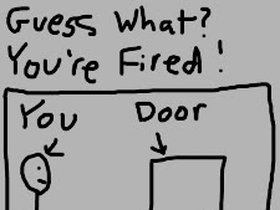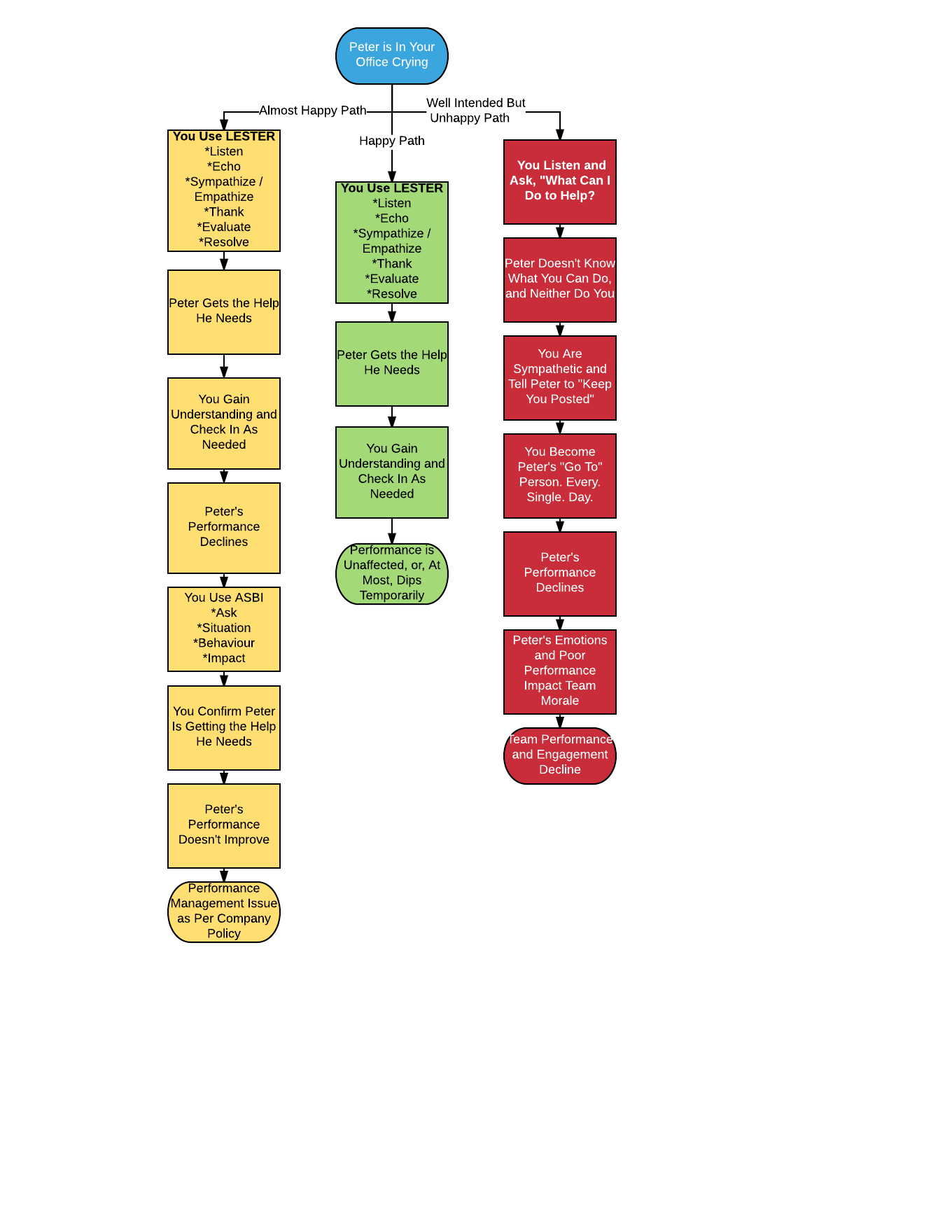Season Three B, Episode Two. Podcast recap! (And if you missed the podcast, you can find it here.)
Podcast Recap: Season 3b, Episode 2
In this week’s podcast we focused on tips for finding and recruiting the right talent. It’s 2018 y’all, and it’s no longer enough to simply post a job ad, cross your fingers, and hope for the best. Today’s talent is connected, to everything, everyone, everywhere, and so you must be too.
In order to create or build or grow the best team possible, you’re going to have to do a bit of work – not a ton, but enough.
Let’s take it one step at a time. Our first question is:
Who Are You Looking For?
The answer to this question requires a bit of self awareness. It’s awfully tempting to hire people who are just like us – after all, you know how to work with them, you know where to find them, and it’s EASY.
Of course, easy isn’t always RIGHT.
If you hire a team full of people who are just like you, you’re missing out on creativity, diversity, and the possibility of alternative, better, approaches to business.
Instead, think about your style and what gaps you’d like to fill. Are you super creative but not that great at execution? (be honest, now…) Are you a super analytical person who can get stuck in process? (My hand is raised for this one.) Are you just about getting things done, and you miss out on important details? (You know who you are…)
What about your team? Are there gaps there that you’d like to fill? Generational gaps? Gender gaps? Skill gaps?
It’s important that you do a gap assessment, not only of your own style, but also of your current team. Figure out what is missing, and think about the ideal person that could fill that spot.
Second question:
Have You Written it Down?
Do you have a Job Description? Not just a Job Ad or Posting – an actual, robust, Job Description (JD) that not only explains the job, but is written in a way to excite and attract the person you’re looking for.
It’s just smart. The one-size-fits-all JD is officially old school, so if you’re looking for creative types, then your JD better be creative. If you want a young Gen Z, then you’d better consider the things Gen Z’s love (being connected, flexible work, using the latest technology, autonomy). (Click Here for an article on attracting Gen Z talent.)
Tell a story about your company that will show your target people why they want to work for you. What is the culture like? Are there any perks on this job? Think about titles too. Are they old fashioned (Customer Service Representative) or modern (Customer Rockstar)?
Don’t forget to carefully consider the soft skills that you are looking for. More and more research exists on the importance of character in job success, so what character elements are important to you? Do you need relationship builders? People who can handle ambiguity? People who display high self-confidence and persistence? Someone who is courageous in the face of adversity? (Click here for an interesting research paper on character and leadership from the Ivey Business Journal.)
There is no one “right way” to structure your JD. So much depends on your audience, which is why the first step was thinking about WHO you’re targeting. Only then should you consider HOW you’re going to target them, and the first step in an amazing JD. (Click Here for an article on considering content and format of a JD.)
And by the way, JD writing isn’t everyone’s skillset. There are professionals out there who can help you, and it’s worth it!
Final question:
Who Knows That You’re Looking?
Google the top job posting sites, and you’ll get different answers depedning on the job category (tech, pharma, government), whether it’s a single job posting site (Monster or Dice), or a site that bundles other sites (Indeed). There are “boutique” sites, big sites, small sites, Google sites, LinkedIn sites… it can be overwhelming.
In addition to being overwhelming, you are likely to get 100’s (maybe 1000’s) of applications, and that can take time, energy, and even money (if you use a screening service) to sort through.
We aren’t suggesting you refrain from posting on a job site. What we are suggesting is that you at least supplement that listing with some networking. This helps you get the word out that you’re looking, and you never know what you’ll find out. Consider letting people know in any number of networking possibilities:
- In the workplace: your own team, larger meetings or department events, committees, intra-professional events
- Outside the workplace: conferences, professional associations, drinks with colleagues, your circle of friends
Start the conversation with, “Who do you know who…”
Once you’re connected to someone, you can encourage them to apply. Remember, this isn’t about circumventing the established hiring practice, it’s about encouraging someone to put their name in the hat. Their success within the process is then up to them!
If you do the work to make sure you really know who you’re looking for, and the work to write the job description to appeal to the person you want to hire, and then do the work to let people know you’re looking for someone, you will be much more likely find that perfect candidate.
Until next time,
Ruth.








 It all started with a vacation in Kentucky that led to Jamie creating
It all started with a vacation in Kentucky that led to Jamie creating 
 On Season 3 of the podcast we are tackling managing your own career, and our first discussion revolves around the question, “Should I stay, or should I go?”
On Season 3 of the podcast we are tackling managing your own career, and our first discussion revolves around the question, “Should I stay, or should I go?”







 Give these tips a try, let us know how it went on Twitter at @whiteboardcons and check out the rest of our podcast series on our homepage at www.whiteboardconsulting.ca.
Give these tips a try, let us know how it went on Twitter at @whiteboardcons and check out the rest of our podcast series on our homepage at www.whiteboardconsulting.ca.


